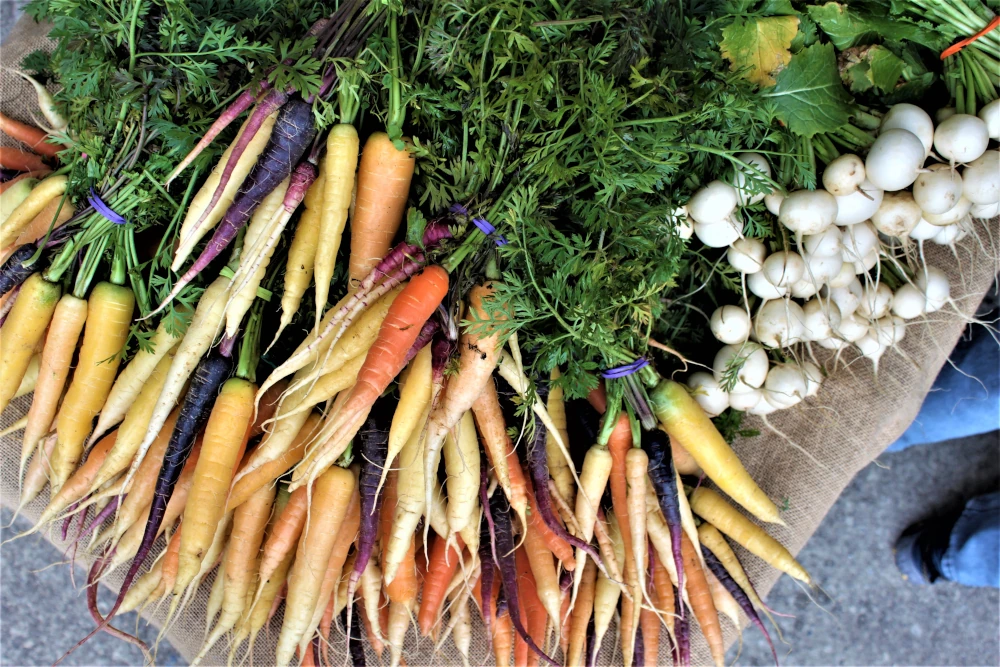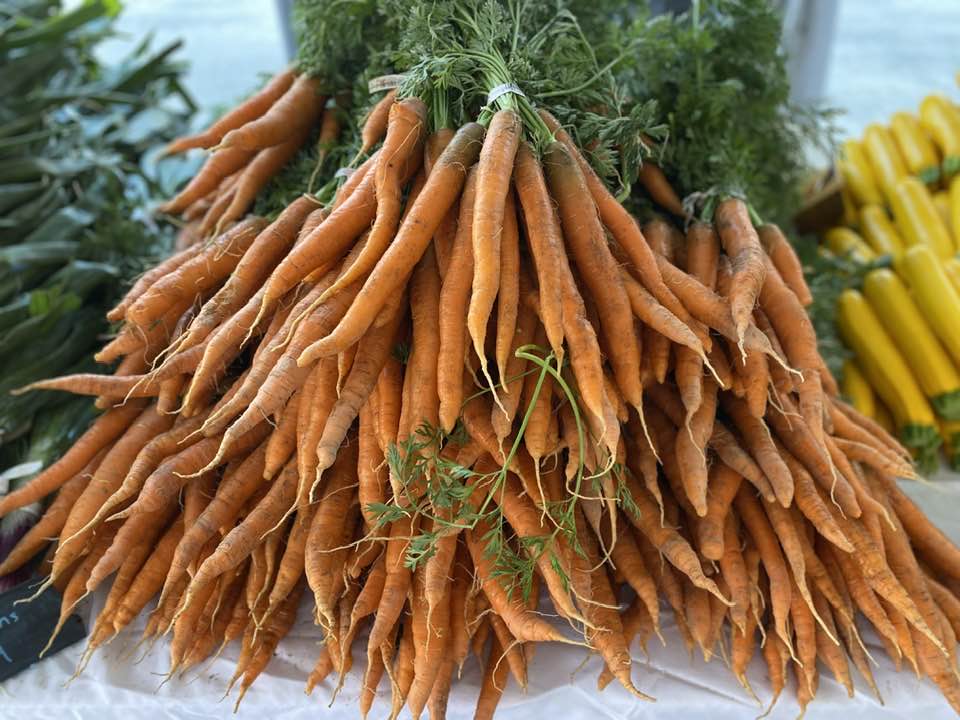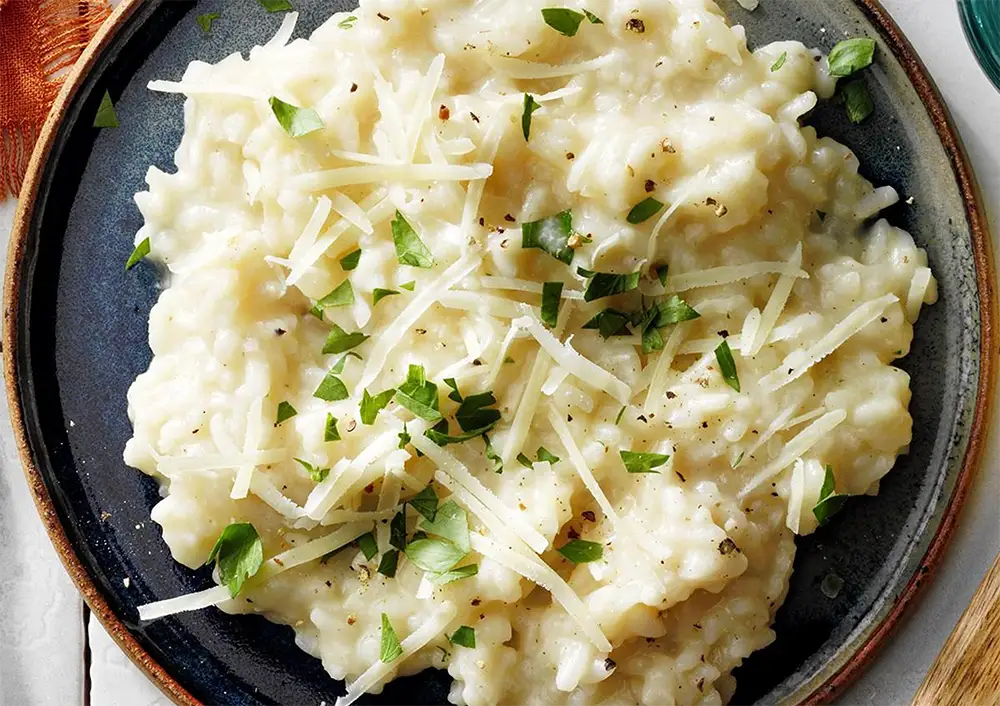Carrots

The carrot (Daucus carota sativus) is a root vegetable, typically orange in color, though there are purple, black, red, white, and yellow cultivars. All are domesticated forms of the wild carrot, which is native to Europe and Southwestern Asia. The wild plant probably originated in Persia and was cultivated for its leaves and seeds. Some close relatives of the carrot are still grown for their leaves and seeds, such as parsley, cilantro, coriander, fennel, anise, dill and cumin. The first mention of the root in classical sources is from the 1st century AD; the Romans ate a root vegetable called pastinaca, which may have been either the carrot or the closely related parsnip.
Today, the most eaten part of the plant is the taproot, although the stems and leaves are also edible. The domestic carrot has been selectively bred for its larger, more palatable, less woody taproot.
Cultivation
The carrot is a biennial plant grown from seed. The plant begins begin as a rosette of leaves while building up the enlarged taproot. Fast-growing cultivars mature within three months of sowing the seed, while slower-maturing cultivars need a month longer. Carrots grow best in full sun but tolerate some shade. The ideal soil is deep, loose and well-drained, sandy or loamy.
Carrots benefit from strongly scented companion plants, like onions, leeks and chives, to help repel the carrot root fly. Other vegetables and companions that team well with carrots include lettuce, tomatoes and radishes, and herbs like rosemary, sage, caraway, coriander, chamomile, and marigold . They can also be good companions for other plants; if left to flower, the carrot, like any umbellifer, attracts predatory wasps that kill many garden pests.
Fun Fact
The beta-carotene from carrots does not actually help people to see better in the dark.
This myth was popularized by the Royal Air Force during the Second World War to explain why their pilots had improved success during night air battles but was actually used to disguise advances in radar technology and the use of red lights on instrument panels.

Culinary Uses
Carrots can be eaten raw or cooked in so many ways. Together with onion and celery, carrots are one of the primary ingredients used in a mirepoix or Italian sofrito as the base for soups, stews and more
Carrots can be stored for several months in the refrigerator or over winter in a moist, cool place. For long term storage, unwashed carrots can be placed in a bucket between layers of sand, a 50/50 mix of sand and wood shavings, or in soil. A temperature range of 32 to 40 F at 98% humidity is best.
Nutrition
Raw arugula is 92% water, 4% carbohydrates, 2.5% protein, and contains a negligible amount of fat. It has high nutritional value, as a rich source of folate and vitamin K. Arugula is also a good source of vitamin A, vitamin C, and the dietary minerals calcium, magnesium, and manganese.
Recipe Box
Lorem Ipsum is simply dummy text of the printing and typesetting industry.
Parmesan and Shallot Risotto
A yummy side to warm your heart and taste buds!
View All Recipe
Stay Connected
Sign up for e-news to learn about special events and offerings.